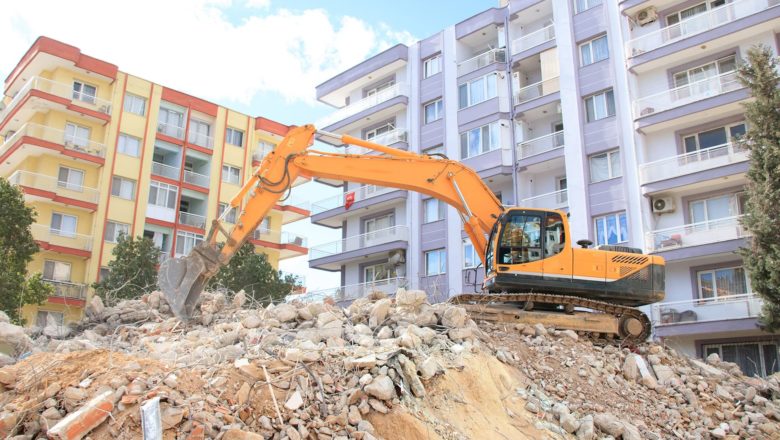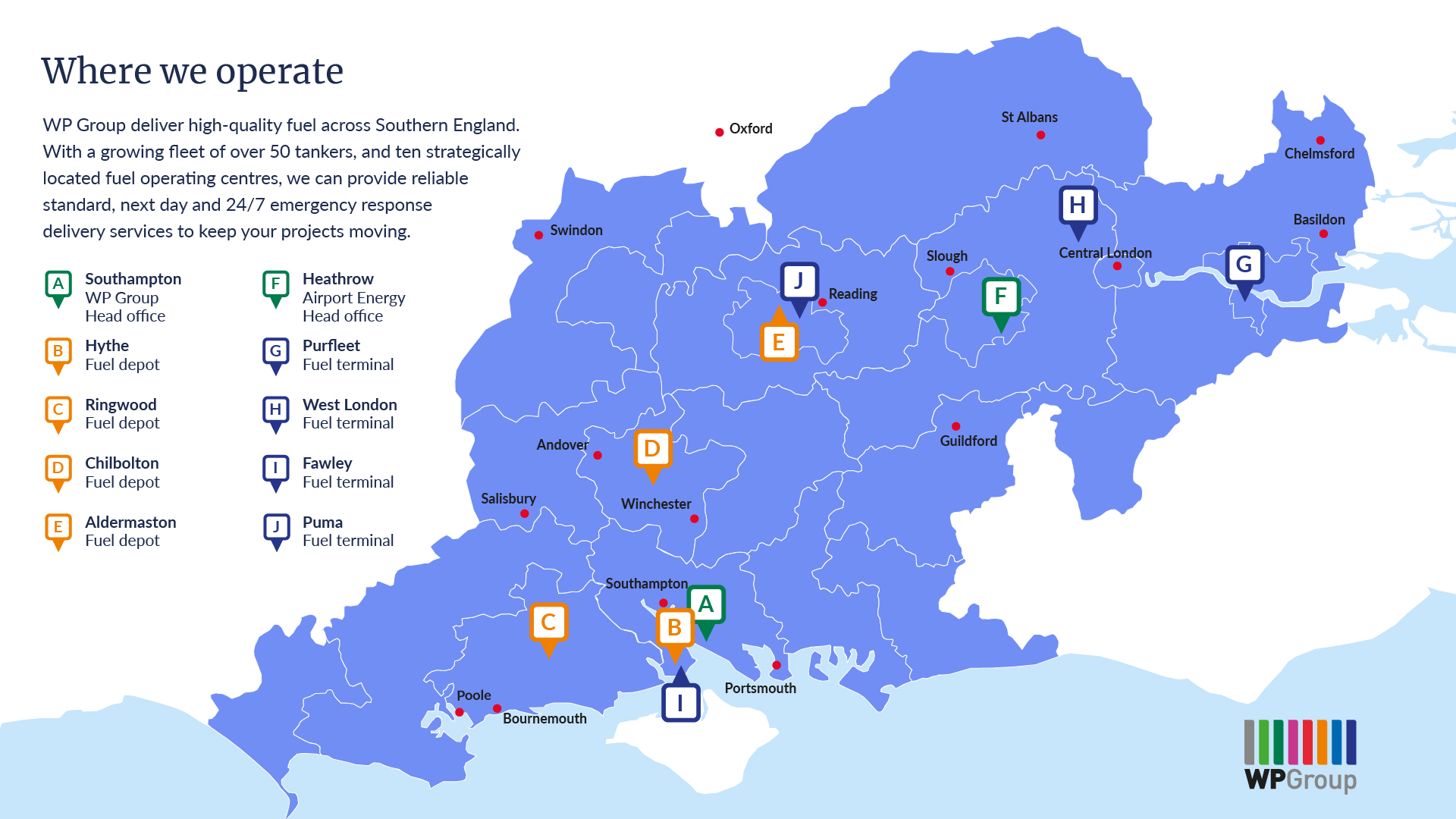Can we tackle Construction’s waste problem?
Published Wednesday 4 September, 2019

A wasteful industry
It’s no great surprise that the UK construction industry is the country’s largest consumer of material resources, requiring more than 400 million tonnes a year. However, you may not be aware that around 13% of this is sent directly to landfill without ever being used. In fact, 32% of landfill waste comes from the construction industry alone – that’s an estimated 77.4 million tonnes a year. When looking at figures such as these, it’s easy to see why the construction sector seems to have earned a bad reputation when it comes to unnecessary waste.
Why does this pose such a problem?
There are two angles from which to consider the construction industry’s ‘waste problem’. First from a sustainability view. Second from a cost stand point. Unfortunately for wasteful construction companies, unless changes are made the current outlook doesn’t look good whichever way you look.
Sustainability
Sustainability is a big issue within the construction industry – and is only becoming more so. Although many current discussions focus on creating sustainability through building design, the industry’s waste practices also have a big impact on construction’s long-term sustainability. With the built environment sector demanding around 40% of the world’s extracted materials and construction waste making the largest contribution to waste streams in many countries, the fact is that it is simply unsustainable for construction to continue its linear approach to waste – make, use, dispose. One obvious reason being that we’re running out of places to put it let alone considering all the resource required to manage it when its there!
Cost
Inadequate waste management practices can be a serious drain on project profit margins. As a general rule, the more waste a project produces, the less profitable it will be. Purchase costs of unused and wasted materials. Labour costs associated with waste handling. Cost of waste storage, transportation and handling. Annual increases in landfill tax. These all eat into project profitability. And not to mention the ‘hidden cost’ of reputational damage. As recent reports show that construction costs increased once again in Q4 of 2016, this is clearly an area of concern. And stripping out waste management costs could provide the answer for construction firms looking to ease procurement strains.
So, what can be done?
Construction companies could start by ensuring they have an effective waste management policy. This policy should consider both the sustainability and cost factors that play such an import part in combating the industry’s waste problems.
Many traditional policies fall down, viewing waste management solely as an on-site problem. In fact, waste management is an issue which should be considered and managed by the whole company. To employ an effective waste management policy, the following components should be considered:
1. Site Waste Management Plan (SWMP)
This outlines the amount and type of waste that will be produced during a construction project and how this will be reused, recycled or disposed. Some construction companies are starting to ensure sites are equipped with clearly marked receptacles to ease the management of site waste. To take this to the next level, receptacles can be marked in accordance with the Waste Hierarchy regulations to ensure businesses are compliant in their responsibility to consider a five tier Waste Hierarchy.
This hierarchy ranks waste management options according to what is best for the environment; the preferred option being the prevention of waste altogether, followed by re-use, recycle, recover and – as a last resort – dispose.
As highlighted by the Waste Hierarchy, every SWMP should focus first on the prevention of waste. Because of this, business are starting to investigate the benefits of material resource efficiency. Or, put simply, doing more with less. This process involves ordering fewer materials, optimising the use of reclaimed or recycled material or improving storage practices to prevent damage – all of which can divert waste from landfill sites, minimising many of the environmental (and financial) implications of waste.
2. Pre-demolition and refurbishment audit
This predominantly tackles the re-use aspect of the Waste Hierarchy; the audit should provide detailed information on materials that can be reclaimed and recycled in advance of any works taking place. Therefore, reducing the cost and environmental impact of waste disposal. In addition, savings can be generated through the re-use of materials and revenue can be produced by selling those that aren’t needed.
3. Considerations of Offsite construction options
Offsite construction is becoming more and more prevalent as firms look to take advantage of increased quality, better cost control and environmental credentials. Researchers have predicted that a rise in offsite construction will significantly reduce waste created throughout the construction process. Implementing the streamlined processes utilised within today’s manufacturing industry, offsite construction replaces the construction site as the centre of the building process. Instead, structures are built within a factory-like location before being transferred to the site. In some cases, this has been shown to reduce construction waste by as much as 50%.
4. A clear internal communication and engagement strategy
A sustainable approach to waste stems from a sustainable approach to procurement – and this is often where the conventional construction supply chain hits a stumbling block. The traditional construction supply chain tends to work on a project by project basis, with separate procurement teams for each separate project. Conversely, employing a material resource efficiency model requires connectivity and visibility throughout. Therefore ensuring waste management policies are inclusive of all in the supply chain as well as those on-site, tackling the issue of waste could start to become more manageable. To support this, it is essential that waste management policies are clearly communicated with employees, stakeholders and clients.
5. Regular monitoring
To maintain improvements that will be generated though an effective waste management plan businesses must ensure continual measurement against the policy with performance, evaluation and reviews being the key focus areas. Being able to provide actual versus forecast waste performance is essential in ensuring objectives raised in the SWMP are met. Often these monitoring reports will highlight needs for procedural changes and training.
With the sustainability of the construction industry’s waste practices under scrutiny and reports predicting that the rise in construction costs is only set to continue, construction sites are facing more pressure to reassess their approaches to waste – and not the mention the hefty fines the government has been dishing out to non-compliant site owners. However, with the waste issue extending beyond the construction site, it is clear that in order to ‘clean up’ the industry’s approach to waste, the supply chain must also take some of this responsibility.






